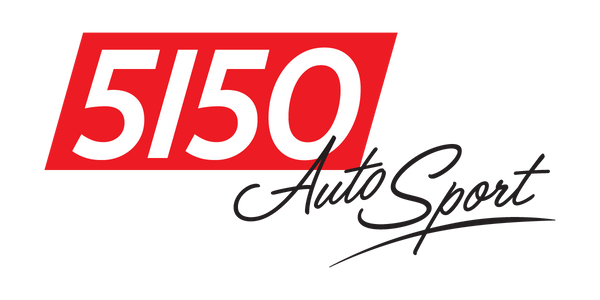
Determining Piston Ring End Gaps: A General Overview
Because different power adders such as nitrous or turbos, cooling methods like air or water-cooled systems, and various applications cause varying expansion rates, providing universally accurate ring end gap recommendations is challenging. These guidelines should be considered a starting point, and any specific concerns should be discussed with your engine builder.
All measurements are given in inches of ring gap per inch of bore. For example, a recommended ring gap of .0040 per inch for a motor with a 4.000-inch bore results in a ring end gap of .016 inches (since .0040 x 4.000 = .016).

DOMESTIC AUTOMOTIVE: Normally Aspirated (no power adders) up to 600hp.
- Top Ring = .0045 - .0050 per inch of bore
- Second Ring = .0050 -.0055
- Oil Rings – Actual gap = .015-.050
DOMESTIC AUTOMOTIVE: Normally Aspirated over 600hp and turbo/nitrous applications below 750hp.
- Top Ring = .0050 - .0055
- Second Ring = .0055 - .0060
- Oil Rings – Actual Gap = .015 -.050
DOMESTIC AUTOMOTIVE: Turbo/Nitrous applications above 750hp.
- Top Ring = .0060 - .0070
- Second Ring = .0070 - .0080
- Oil Ring – Actual Gap = .015 - .050
SPORT COMPACT: Normally Aspirated to 300hp
- Top Ring = .0040 - .0050
- Second Ring = .0045 - .0055
- Oil Ring – Actual Gap = .015 -.050
- Top Ring = .0050 - .0055
- Second Ring = .0055 - .0060
- Oil Ring – Actual Gap = .015 - .050
Thank you to our friends at CP-Carrillo for sharing their expansive engineering knowledge with us!
